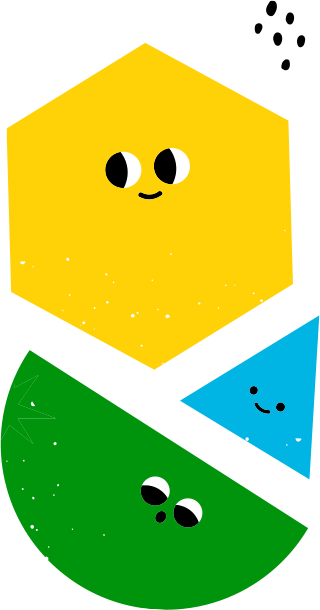Caring for your child from infant to adult

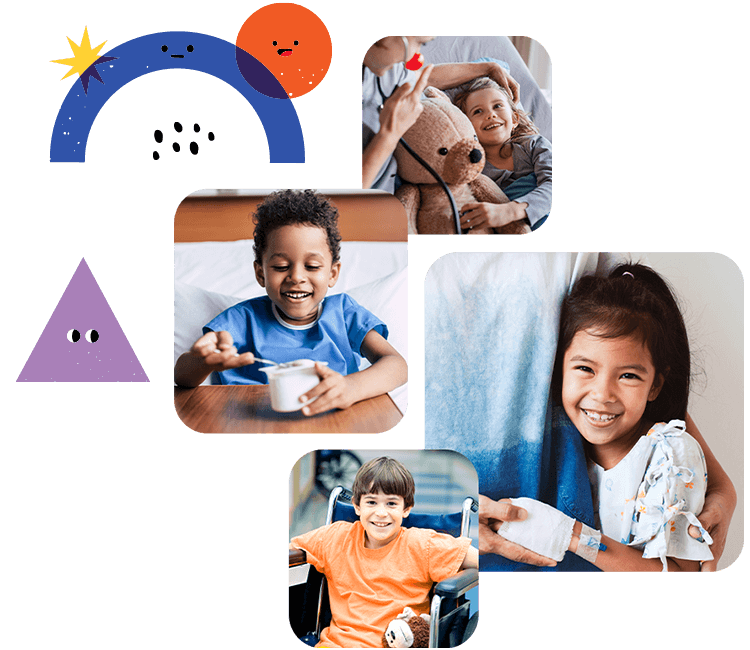
Child Guidance Clinic at Psymate
Childhood and adolescence are critical stages of life, as rapid growth and brain development take place, they acquire cognitive and social-emotional skills that shape their future.
Half of all the mental health conditions start by 14 years of age. However, most of the children and young people who experience a mental health problem do not have access to appropriate interventions at a sufficiently early age.
Addressing mental health problems early in life can lead to improvements in social and behavioural adjustment, learning outcomes, and school performance.
The Child Guidance Clinic uses an exclusive integrated approach that features experts from different specialists – Paediatricians, Psychiatrists, Psychologists, Counsellors, Occupational and Vocational therapists to work with children. Our team helps the child and family in recognizing what is coming in the way of success and happiness and find ways to make life bloom despite the limitations.
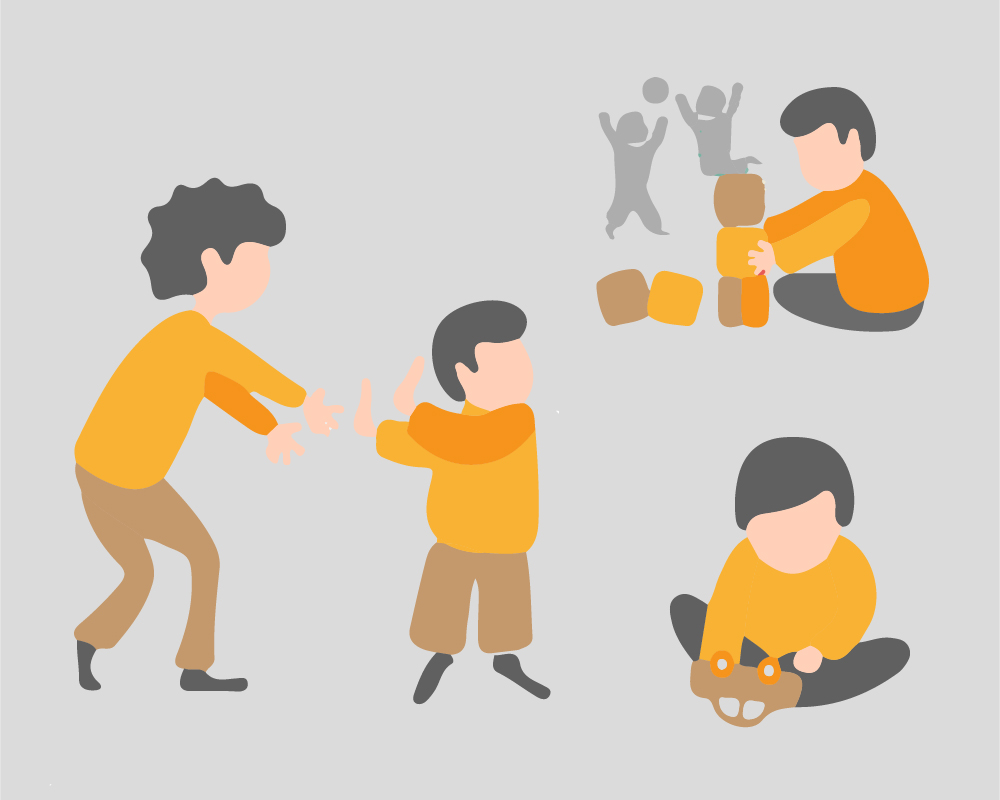
Developmental Disorders
Neuro-developmental disorders are a group of conditions characterized by Origin in the early developmental period, deficits/delay in one or more developmental domains (for example: motor/ speech/ social/ cognitive domains) and has a steady course, with significant impairment in personal, social, academic or occupational functioning
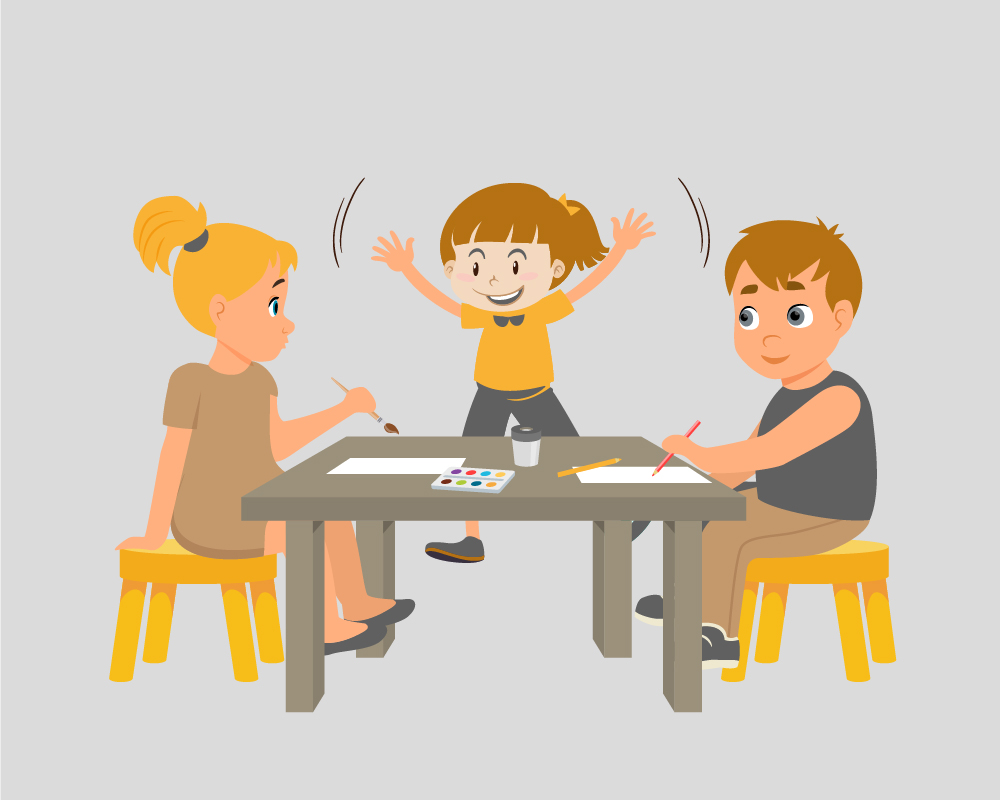
Behavioural
Disorders
Behavioural disorders, generally refers to a group of behavioural disturbances in children characterized by inattention, impulsivity, hyperactivity, defiance, oppositionality and conduct disturbances.
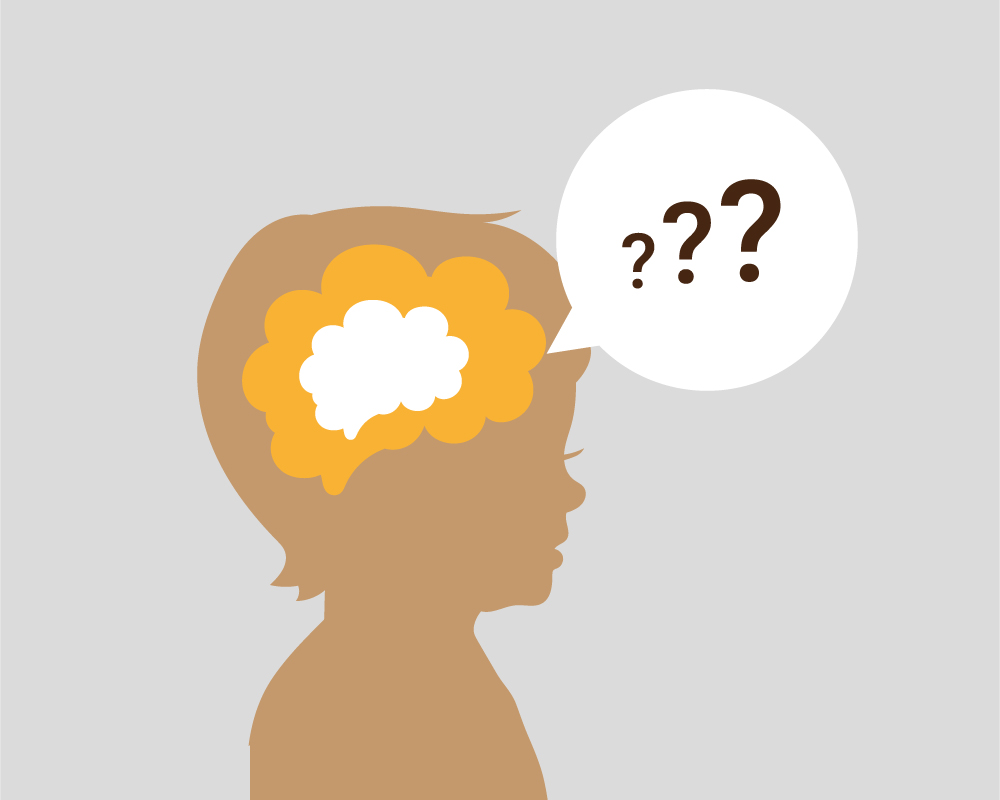
Emotional
Disorders
Emotional disorders (EDs) are the most common group of mental health disorders prevalent among children and adolescents. Depression, anxiety disorder and stress-related disorders are the subgroups of EDs. Children experience sadness and anxiety while facing stressful situations in life based on their innate abilities and available family care/support. In milder forms, these experiences are helpful to the child’s healthy growth.

Developmental Disorders
Intellectual Disability (ID)
Intellectual disability (ID) is characterized by a delay in all the aspects (domains) of development, which means a delay in motor, language, social and cognitive milestones. This is the commonest of all the developmental disorders. The child will present with a below average intellectual and adaptive functioning.
Specific Learning Disorder (SLD)
Specific Learning Disorder (SLD) is characterized by a persistent difficulty in learning one or more of the basic academic skills which are reading, writing or arithmetic. Unlike ID, here the developmental milestones will be usually normal and the child will have a normal intellectual and adaptive functioning.
Autism Spectrum Disorder (ASD)
Autism Spectrum Disorder (ASD) is characterized by a difficulty in socialization and communication. The child will have delay in speech and social milestones. Other milestones (motor and cognitive) can be normal or mildly delayed. But the delay in social and speech will be more pronounced.
Communication Disorders
Specific disorders of language development are a delay or difficulty ONLY in speech and language in the absence of hearing impairment. This can be either a deficit in receptive language or expressive language; a deficit in pronunciation of certain sounds/letters or can be a difficulty in fluency of speech.

Behavioural Disorders
The need to identify and treat behavioural disorders
Any medical/psychiatric disorder is impacted by the current developmental stage of the child (eg. age-specific clinical presentations) and will in turn impact future development of the child. Children with behavioural disorders have to be looked at from a vulnerability lens. Longitudinal studies have shown that they are at significant risk for adverse outcomes, not only in terms of their mental health, but also in other areas of functioning.

Attention Deficit Hyperactivity Disorder (ADHD)
Attention deficit hyperactivity disorder (ADHD) or hyperkinetic disorder is a neurodevelopmental disorder characterized by hyperactivity, impulsivity and high levels of inattention that interfere with the functioning and development. It is one of the most commonly diagnosed psychiatric disorders in children. The symptoms begin in childhood and can persist well into adulthood. It is a chronic condition affecting many domains of life such as academic achievement, social skills, emotional life and personal relationships across the life span.
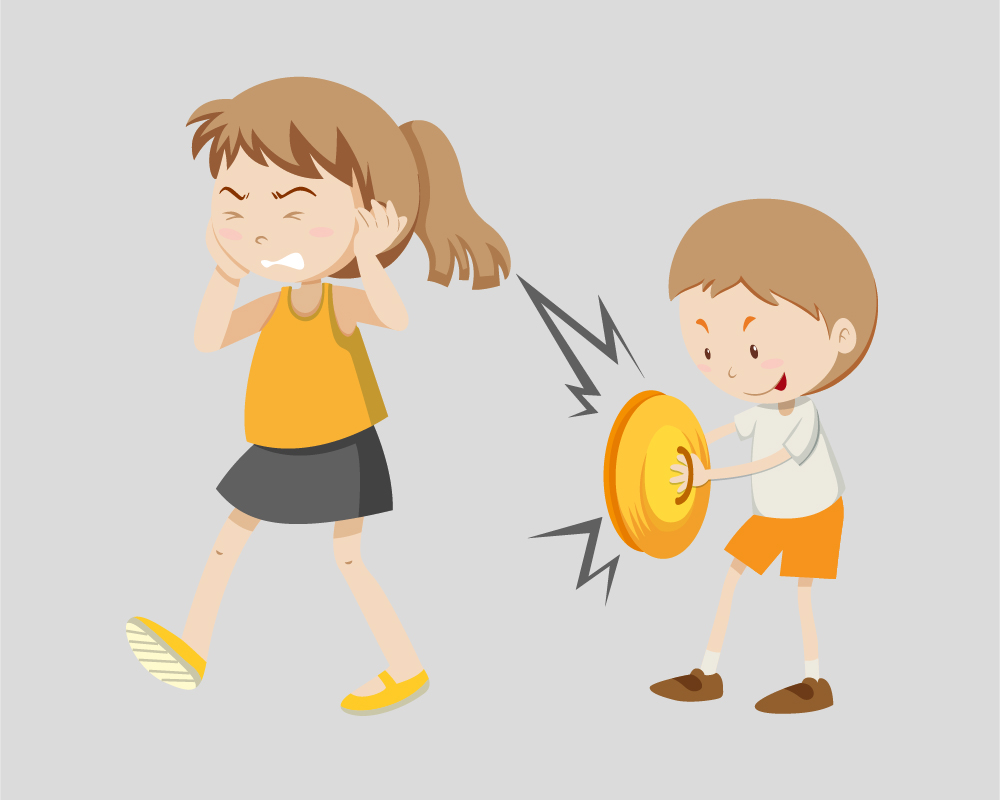
Disruptive Behaviour Disorders (DBDs)
DBDs include Oppositional Defiant Disorder (ODD) and Conduct Disorder (CD). These are called ‘disruptive’ because the behavioural disturbances seen in children affected by them creates disruption in their environment, including home, school and with peers. The prevalence of these disorders, too, is recorded around 5-6%. ADHD and DBDs can frequently be co-morbid.
Lifetime impact of behavioural disorders in childhood and adolescence
| Area | Impact |
| Educational achievement | Lower attainment; higher rates of dropout |
| Occupational adjustment | Higher unemployment; frequent job changes |
| Marital adjustment | Higher rates of separation, divorce |
| Social adjustment | Less contact with relatives, friends |
| Physical health | Higher rates of hospitalization; mortality |
| Mental health | Higher rates of psychiatric disorders in adulthood |
| Criminality | Arrests, rates of driving while intoxicated |
| Inter-generational | More children with conduct problems |
Emotional Disorders
Children experience sadness and anxiety while facing stressful situations in life based on their innate abilities and available family care/support. In milder forms, these experiences are helpful to the child’s healthy growth.
- Depression
- Separation Anxiety
- Generalized Anxiety Disorder
- Social Anxiety Disorder
- Specific Phobias
Depression
Depression: When a child is experiencing sadness/irritability for most time of the day and/or has loss of interest in pleasurable activities for two weeks or more, we need to consider the possibility of depression. The symptoms of children can be divided as follows:
Major symptoms
- Low mood/sadness
Note: In children low mood clinically manifests as crying, appearing dull at most times, poor frustration tolerance, irritability and tendency for emotional outbursts - Loss of interests in previously pleasurable activities
Note: In children loss of interest clinically manifests as being disconnected, withdrawn and spending time alone - Lack of drive, easy fatiguability
Associated symptoms
- Cognitive: poor concentration/ attention, indecisiveness / hesitation
- Reduced self-esteem, low self-confidence, worthlessness
- Inappropriate feelings of guilt, self-reproach
- Hopelessness, death wishes , Suicidal thoughts/plans, suicidal behaviour
- Disrupted sleep: decreased sleep duration/sleeping for more time, even in daytime
- Loss of appetite or increase in appetite with change in weight
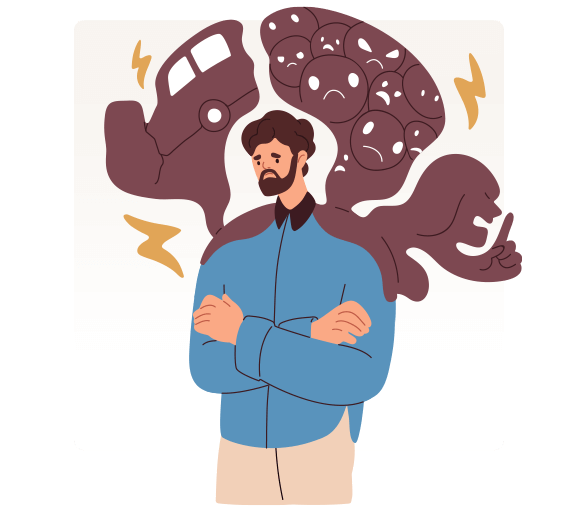
Separation Anxiety
Major feature and duration of symptoms
- Fear that something bad will happen to him/her or to the attachment figure when separated.
- Reluctant to be alone or without major attachment figures.
- Duration of 4 weeks or more
Minor features
- Repeated nightmares involving the theme of separation
- Refusal for sleeping alone, for going to school
- Worries about the consequences of separation; fear of being kidnapped/ hurt while apart, fear of possible harm to/losing the attachment figure (hurt/injured/killed)
- Physical symptoms- headaches, stomachaches, nausea, or vomiting

Generalized Anxiety
Disorder
Major feature and duration of symptoms
- Repeated and excessive worries about a variety of topics, events, or activities
- These worries are uncontrollable
- Duration of 6 months or more
Minor features
- Excessive worries regarding various domains of life; such as school work, academic performance, self and family health/finances, and minor day-to-day issues.
- Tendency to seek reassurance from parents or others about worries.
- Negative news and worries of making mistakes.
- Physical symptoms(muscle aches/tiredness), sleeplessness, and irritability
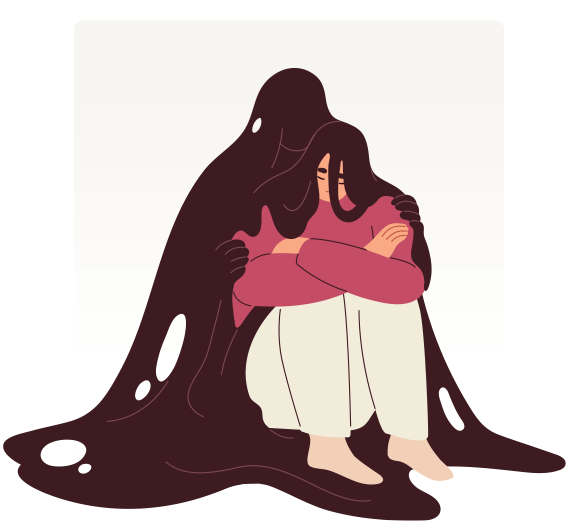
Social Anxiety
Disorder
Major feature and duration of symptoms
- Fear and avoidance of social interactions/situations
- Strong belief that others will negatively judge/evaluate him/her
- Duration of 4 weeks or more
Minor features
- Avoidance of a range of social activities or situations including, speaking or performing in front of others, meeting new people, talking to authority figures such as teachers
- Fear of being the center of attention in any way
- Worries about negative evaluation by others ;feeling of being perceived as unattractive, stupid, or odd
- A limited number of friends and difficulty making new friends
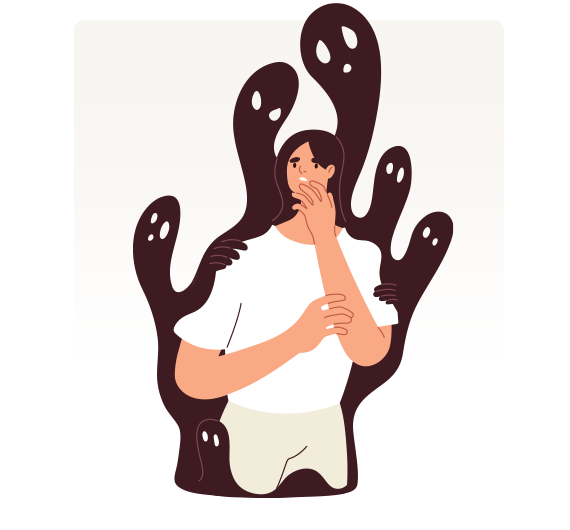
Specific Phobias
Major feature and duration of symptoms
- Fear and avoidance of range of specific cues, situations, or objects.
Minor features
- Some common fears in children include:
• Animals such as dogs
• Insects or spiders
• Darkness
• Loud noises like thunder
• Blood, illness, injections
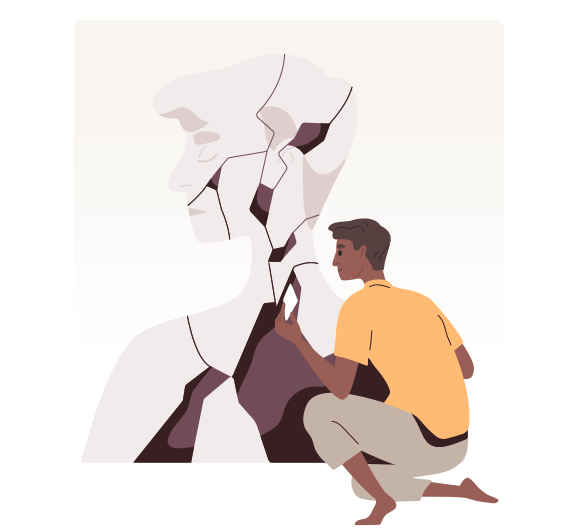
Asking for Help is the First Step


Meet our team

MBBS, MD, Child HealthDr Vidya Taneja

Consultant Psychiatrist and De-addiction SpecialistDr Samant Darshi
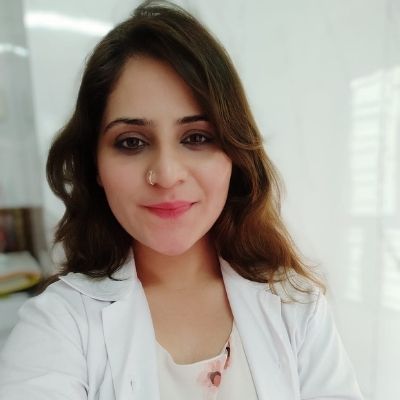
Consultant Clinical PsychologistAnantika Tehlani


